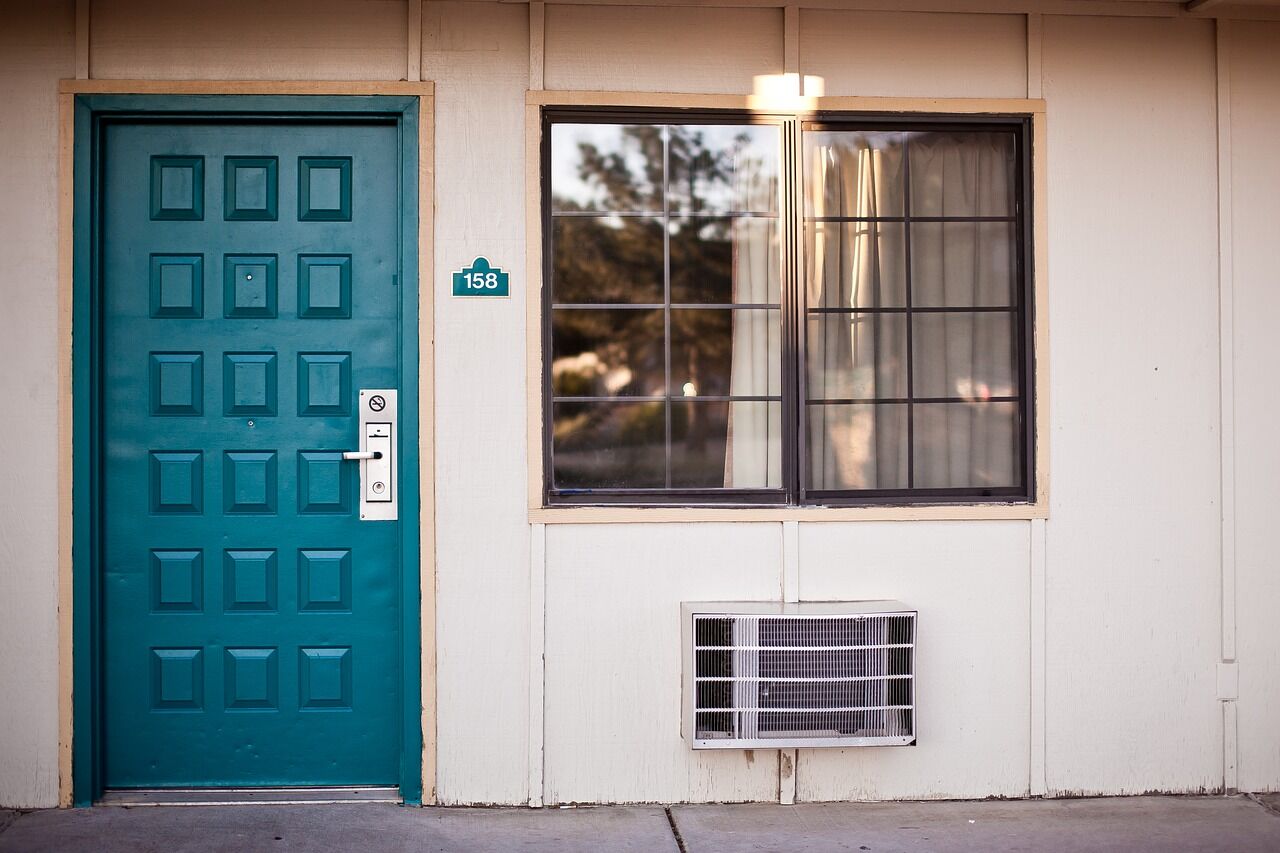Cooking is one of life’s valuable skills that you can teach your child. In this way, they will appreciate food safety and nutrition in addition to building their science, math, and fine motor skills. Bringing your kid into the kitchen space can open a whole new world for them where they learn about different flavors, […]
Month: June 2018
4 Ways to Keep Your Attic Rodent Free
If you find yourself hearing noises in your attic, you may have some unwanted guests. Don’t ignore the signs. Hearing thumping or scratching noises especially at night is a surefire sign that you have animals or even squirrels in your attic. Also, if you keep finding your trash can overturned and waste in your yard, […]
Tree House Project: Make Your Kids Wishes Come True
Tree houses were all about a quick assembly of a simple little house where the kid could play with a bunch of friends and lead imaginary life. Today, tree houses are more of a complex building that includes certain luxuries unknown to the previous generations. Even so, this type of tree house building has a […]
3 Common HVAC Leaks to Look Out For
Did you know most HVAC service calls are related to some type of leak? A leak in your heating and cooling system can reduce the efficiency of your system, increase your energy costs, cause premature wear and tear to the HVAC system, and even damage your home. We’ve compiled here information on three common leaks […]
Buying Guide: Best Scope Mounts
It is very important that you ensure that rifles work as intended. Owning am expensive rifle does not guaranty accurate shots. Proper quality firearm accessories play a massive role into ensuring that you weapon can give its 100% every time, there are few accessories more vital and essential to a gun than a scope mount. […]





